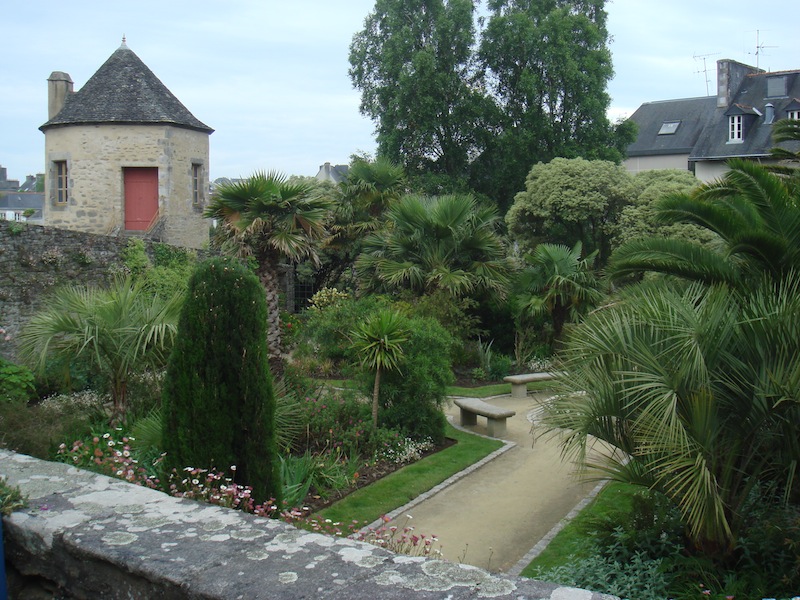Colourful Quimper is the oldest city in Brittany and many of its handsome medieval buildings remain intact, making it an attractive stop on the tourist trail.
But it wasn’t exactly throbbing with life when we arrived at the start of our week-long holiday in the north-west of France. In fact, much of Quimper had shut up shop for the evening when we walked into town that Sunday. Empty bars and zero atmosphere are not great ingredients for a night out and I felt deflated as we sought somewhere to eat. I soon learned that this would not be a town to give you high blood pressure, which is no bad thing.
We’d arrived fresh and optimistic from our BA CityFlyer London City flight, one of the very few services at the tiny local airport. A taxi ride later found us in a pretty city, especially that part contained within the confines of the old city walls.
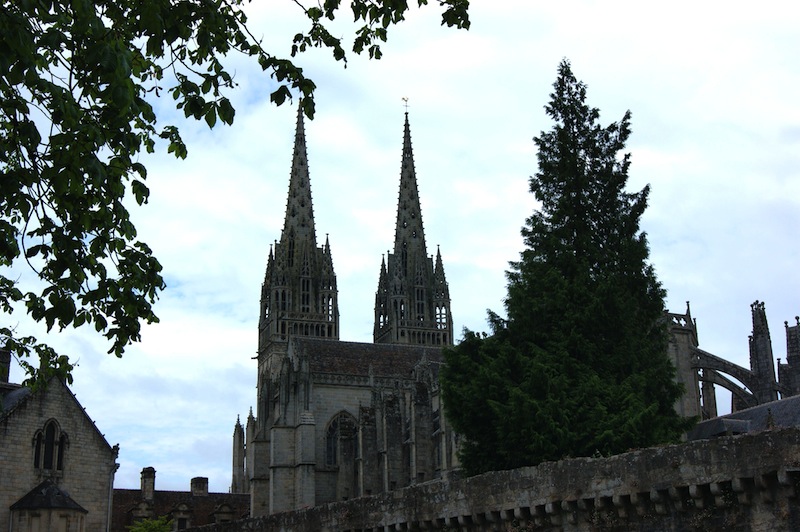
The capital of the Cornouaille region of Brittany (and the word is the French equivalent of the English Cornwall), Quimper is said to have been the destination of St Corentin, who travelled with the first Bretons from across the sea in England in around the 5th or 6th centuries. The twin-spired, much-restored 13th century cathedral that sits in the heart of the mainly pedestrianised old town is named after him.
It’s also the only cathedral that I’ve been in with such an extreme bend in the nave. Some say it was built this way to represent the position of Christ’s head on the cross. Others suggest the builders did it to avoid some particularly marshy land. An alternative explanation that doesn’t make it into the tourist board paperwork is that they were drunk on the local wine at the time.
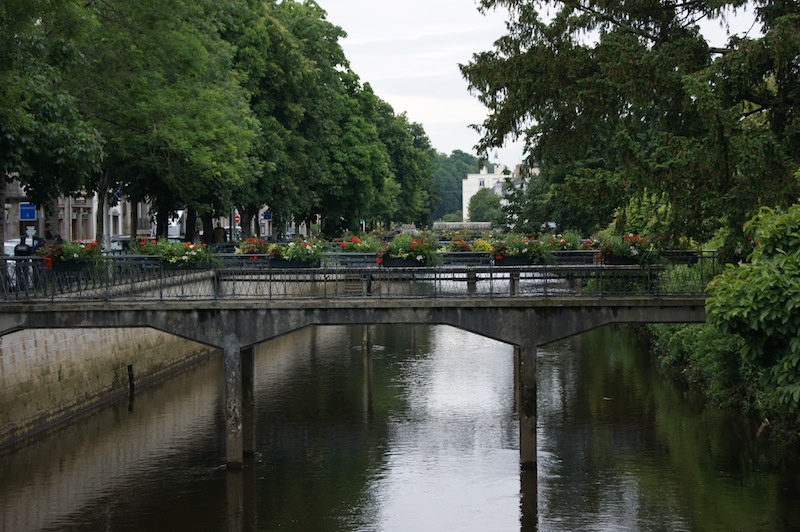
Quimper stands at the confluence of two rivers, the inferior Steir and the more impressive Odet. Pedestrian bridges, bedecked with flowers in spring and summer, span the water and more flowers decorate the quayside. Cobbled streets lead off into the medieval heart of the city, where half-timbered buildings many centuries old give the town such character. Some modern development by the river lacks charm.
It’s a hilly town. Tree-covered Mount Frugy dominates one side of the river – ‘mount’ being a very generous description for a modest hill. On the opposite hillside is one of Quimper’s pretty public gardens, Le Jardin de la Retraite, which features a collection of palms and other Mediterranean plants.
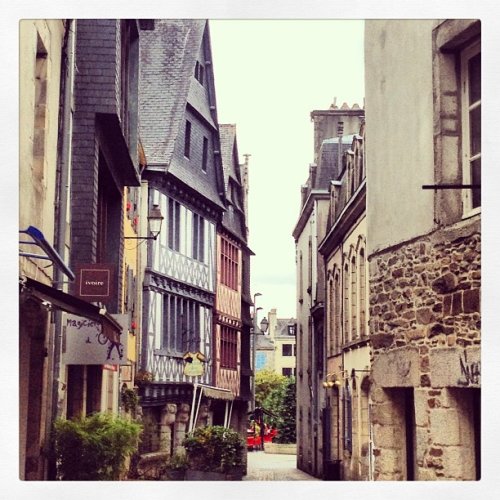
On a cloudy day we visited the Breton Museum in the delightful Bishop’s Palace. It has a large collection representing Brittany’s art, history and culture, including Roman remains, coins, paintings and sculpture. While some of it is rather dry, one of the highlights shows the development of a typical Breton home and its furniture over the centuries.
There’s also a large collection of faïence, the decorated pottery for which Quimper is famous. Shops in the city bulge with modern variations on the theme, some of it tacky but some of it stylish. Graham bought himself a stylish modern plate that was not remotely tacky.
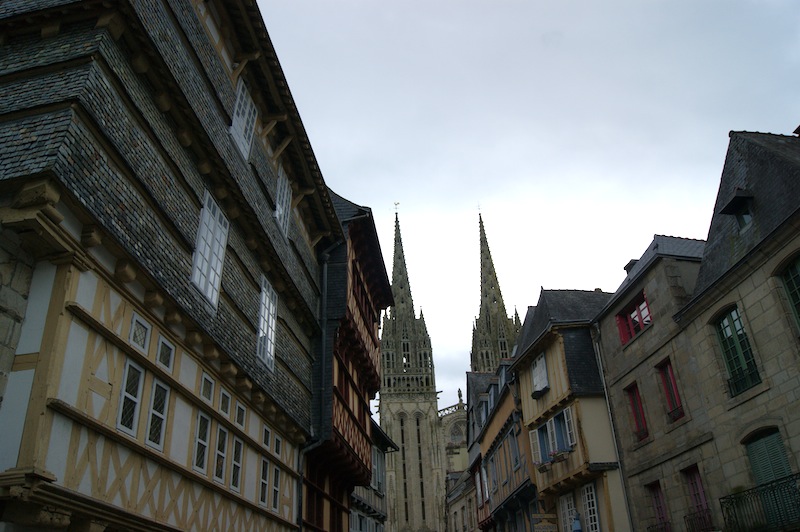
So did the city ever get lively? Not so much… The bars and restaurants were mostly quiet, perhaps because it was so early in the season, but we enjoyed eating at Erwan and Chez Max and drinking at the lively Breton bar, Ceili, just around the corner from the handy if average Best Western hotel. Bizarrely for such a small city, we discovered a quiet little gay bar complete with resident drag queen a few doors from the hotel – Le Look Cafe. All the drinks had the faint taste of bleach about them, which was a little off-putting, but there aren’t many small towns in Brittany where us gay boys can find ourselves such a home from home!

